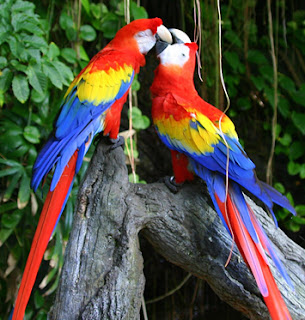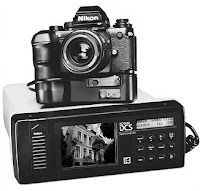Now, enough of chats and talking, lets get down to some serious business.
Photography, an art of recording light on light-sensitive medium (a film or a sensor), began some 1000 years ago. From then, art of photography has come a long way.
Now it can be said that photography can be of three main types.
1) Monochrome or Black and white Photography
2) Color Photography
3) Digital Photography.
Among these,
Black and white Photography was the earliest form to arrive and still is the favorite form of photography for some artistic photographers for its "classic" look.

Color photography arrived in the 1860's and captured the market for its ability to capture the vibrant colors of nature (and the man-made colors too). Manufacturers like Agfa, Kodak and Fuji dominated the market of color films. And also, color films can be positive too. These are called transparencies or slide films, and are used in a slide projector mainly.

With the advent of technology, traditional photojournalists were put to strong competition from television on delivering images fast enough, especially when working in a remote location. In

1990, Kodak introduced the first digital camera DCS 100, and with it
Digital photography was born.
Digital cameras use an electronic image sensor to record the image instead of a film.
Digital photography has become so popular that giants like Nikon and Canon has announced that they will stop producing film SLR cameras from 2005 and 2006 respectively.
But whether it is film or digital, the basic techniques like composition, exposure, etc remains the same. The techniques which we will begin to learn from the next post.
Before we part, here is a list of different forms of photography:
* Architectural photography
* Candid photography
* Cloudscape photography
* Documentary photography
* Fashion photography
* Fine art photography
* Forensic photography
* Food photography
* Glamour photography
* Landscape art
* Macro photography
* Nature photography
* Photojournalism
* Portrait photography
* Sports photography
* Still life photography
* Stock photography
* Street photography
* Travel photography
* Wildlife photography
Amongst these, we will learn and discuss every form individually, except Forensic photography, about which I have no idea.
But guys, before we go into the different forms, let’s learn the basics.
In the next post, we will discuss the most important factor of Photography-
LIGHT.








